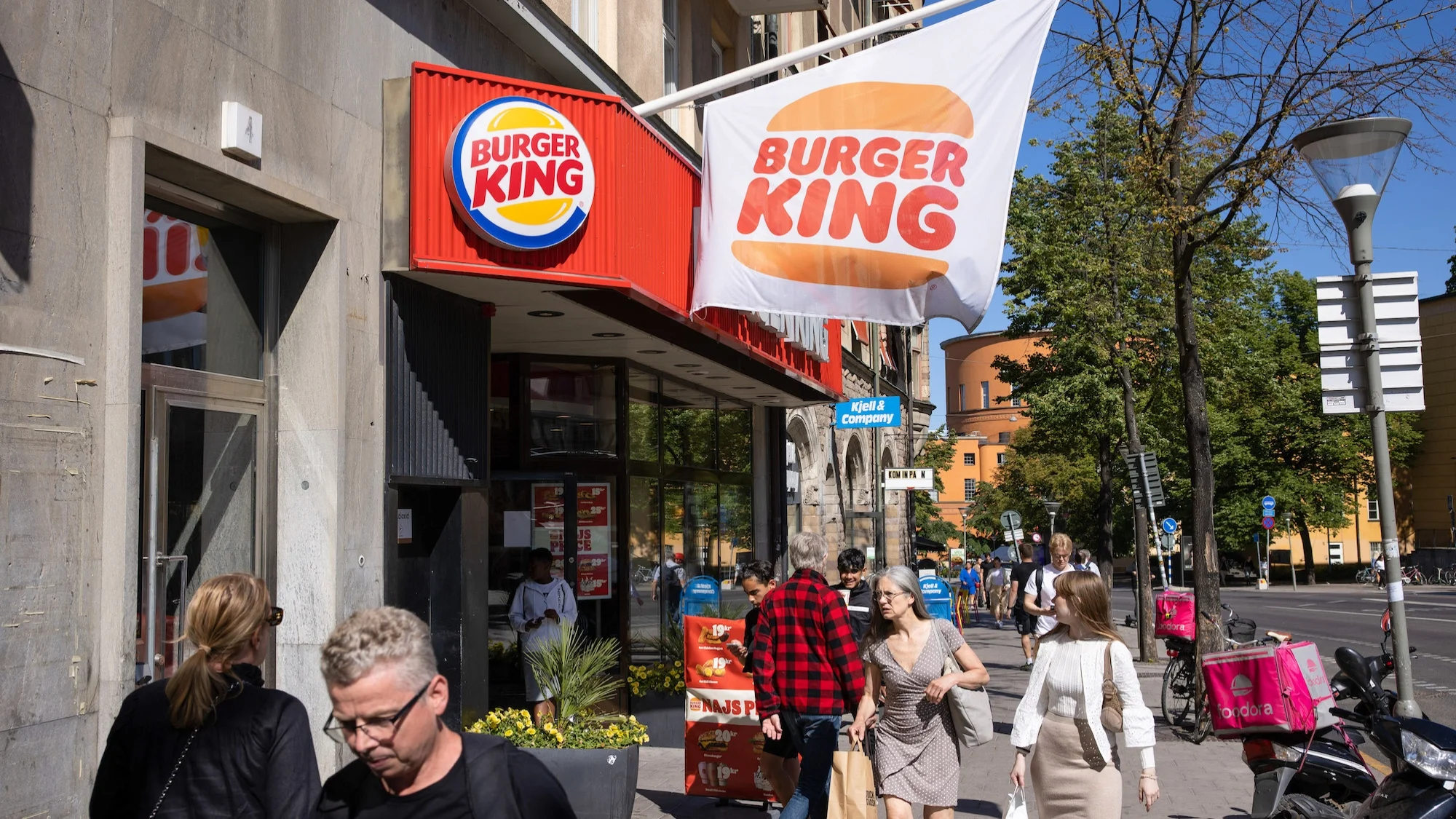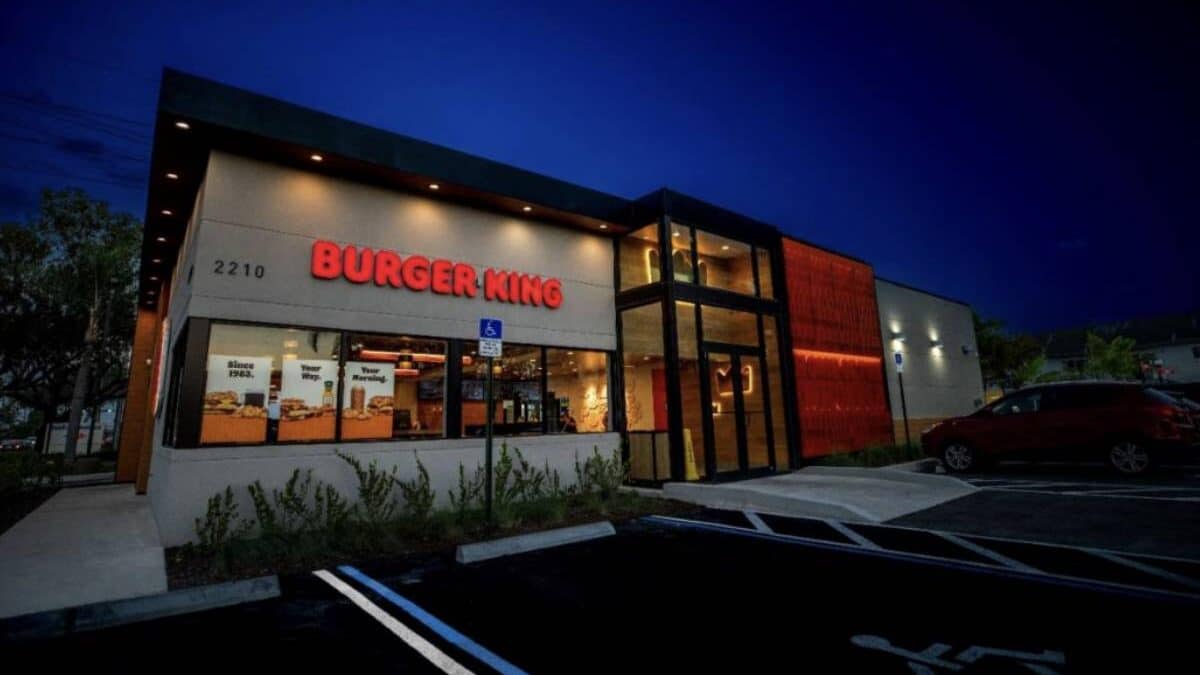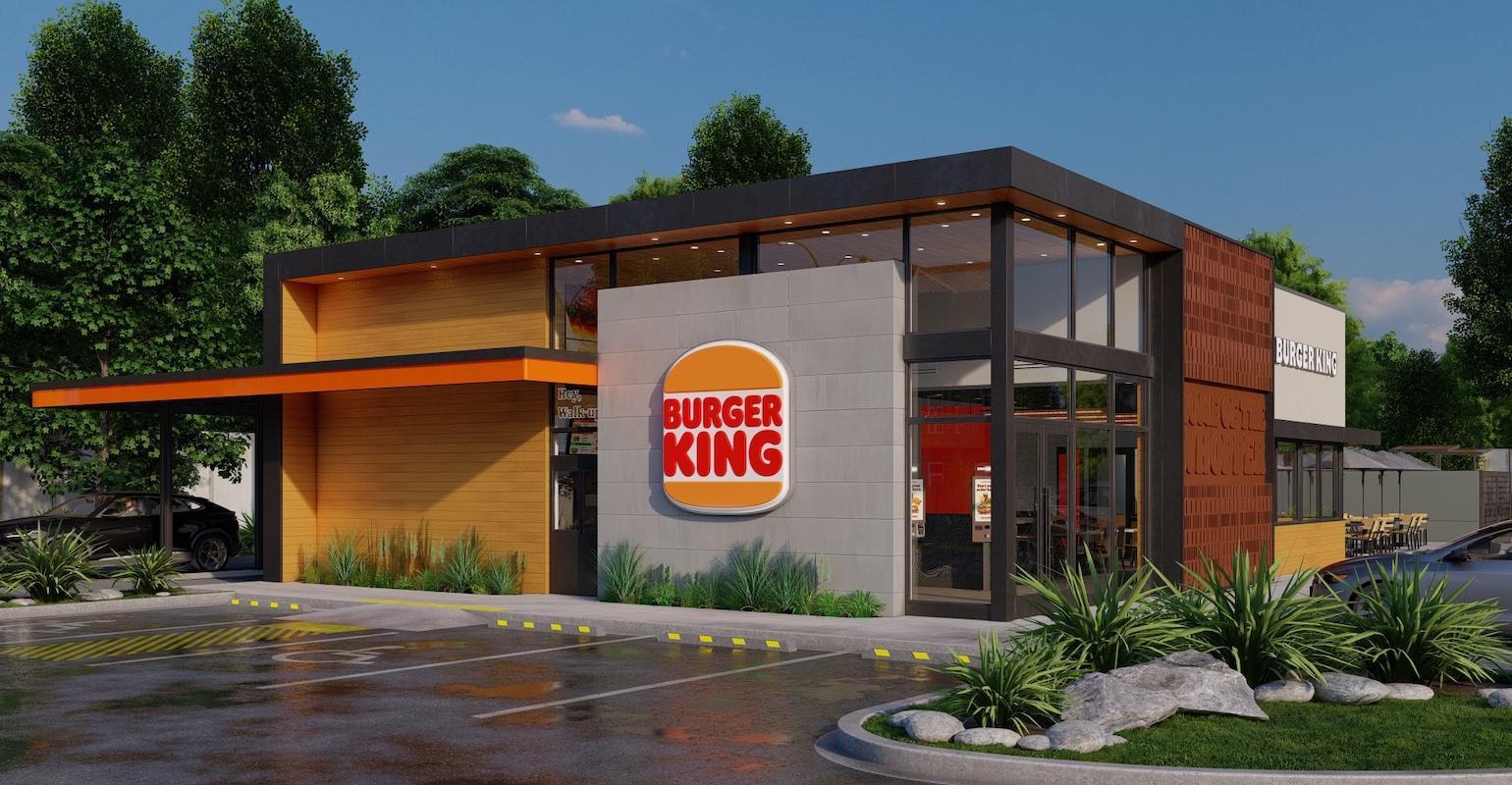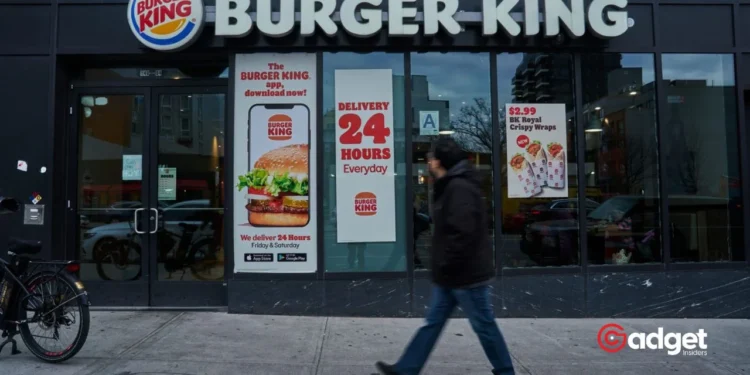In a sweeping bid to rejuvenate its brand and boost sales, Burger King, the global fast-food giant known for its signature Whoppers, is rolling out an ambitious $300 million renovation plan for about 1,100 of its U.S. locations. This move is a continuation of a strategic makeover spearheaded by its parent company, Restaurant Brands International, which aims to modernize the fast-food chain and enhance its competitive edge in the industry.

A Multi-Million Dollar Revamp Strategy
The investment plan, which was announced earlier this week, marks another significant financial commitment by Restaurant Brands International, pushing its total spend on revitalizing Burger King’s U.S. operations to an eye-watering $2.2 billion.
“It was the first time in a long time that RBI had invested a significant amount of capital back into the business to co-invest with franchisees,”
said the company’s U.S. President, Tom Curtis.

This latest financial infusion follows a series of strategic moves, including last January’s acquisition of Carrols Restaurant Group, Burger King’s largest U.S. franchisee, for $1 billion. This acquisition is set to accelerate the remodeling efforts, with an additional $500 million earmarked for updating 600 of Carrols’ locations.
Burger King’s “Sizzle” Design: Revolutionizing Customer Experience
Burger King’s new remodeling blueprint, dubbed the “Sizzle” design, aims to revolutionize the customer experience. Features like drive-thru pickups for mobile orders and self-order kiosks are at the forefront of this design, promising a more efficient and user-friendly service model. These enhancements are expected not just to attract more customers but also to encourage them to spend more per visit.
$QSR $SPX
Burger King invests another $300 million to remodel restaurantsRestaurant Brands International is committing another $300 million to remodeling Burger King’s U.S. restaurants.
Altogether, the restaurant company is planning to spend $2.2 billion to revive the… pic.twitter.com/3oDl4Qp4Fd
— Uttam (@UttamMarketJ) April 30, 2024
The “Sizzle” design is already showing promising results. According to Curtis, about 100 locations sporting the new design have reported a significant uptick in sales post-renovation. This early success appears to validate the company’s strategy and could serve as a catalyst for more franchisees to join the remodeling effort.
Challenges and Incentives in the Remodeling Effort
Despite the enthusiasm surrounding the new designs and technological upgrades, the remodeling process is not without its challenges. High costs and potential temporary closures during renovations pose significant hurdles. To mitigate these, Burger King has had to incentivize franchisees with cash payouts upon completion of the renovations and offers on royalty discounts.

As Curtis embarks on a U.S. roadshow to pitch this ambitious remodeling strategy to franchisees, the company hopes to rally its operators around the transformative potential of these investments. Starting this initiative amidst fluctuating economic conditions, especially with high interest rates, underscores the risks Restaurant Brands is willing to take to secure a leading edge in the competitive fast-food market.
Market Response and Future Outlook
Despite these bold moves, Restaurant Brands experienced a flat response in premarket trading following a report of weaker-than-expected earnings, though its quarterly revenue did exceed Wall Street estimates. With Burger King’s same-store sales experiencing modest growth, the full impact of this extensive remodeling strategy remains to be seen. By 2028, the company aims to have 85% to 90% of its roughly 7,000 U.S. outlets reflect this new, modern design, setting a substantial benchmark for the future of the chain.
Burger King’s extensive investment in revamping its U.S. locations reflects a strong commitment to staying relevant and competitive in a rapidly evolving market. As the fast-food landscape continues to shift towards more digitally integrated and customer-centric models, Burger King’s current strategy may well dictate its standing in the industry for years to come.










